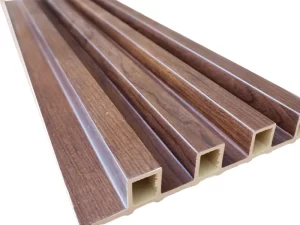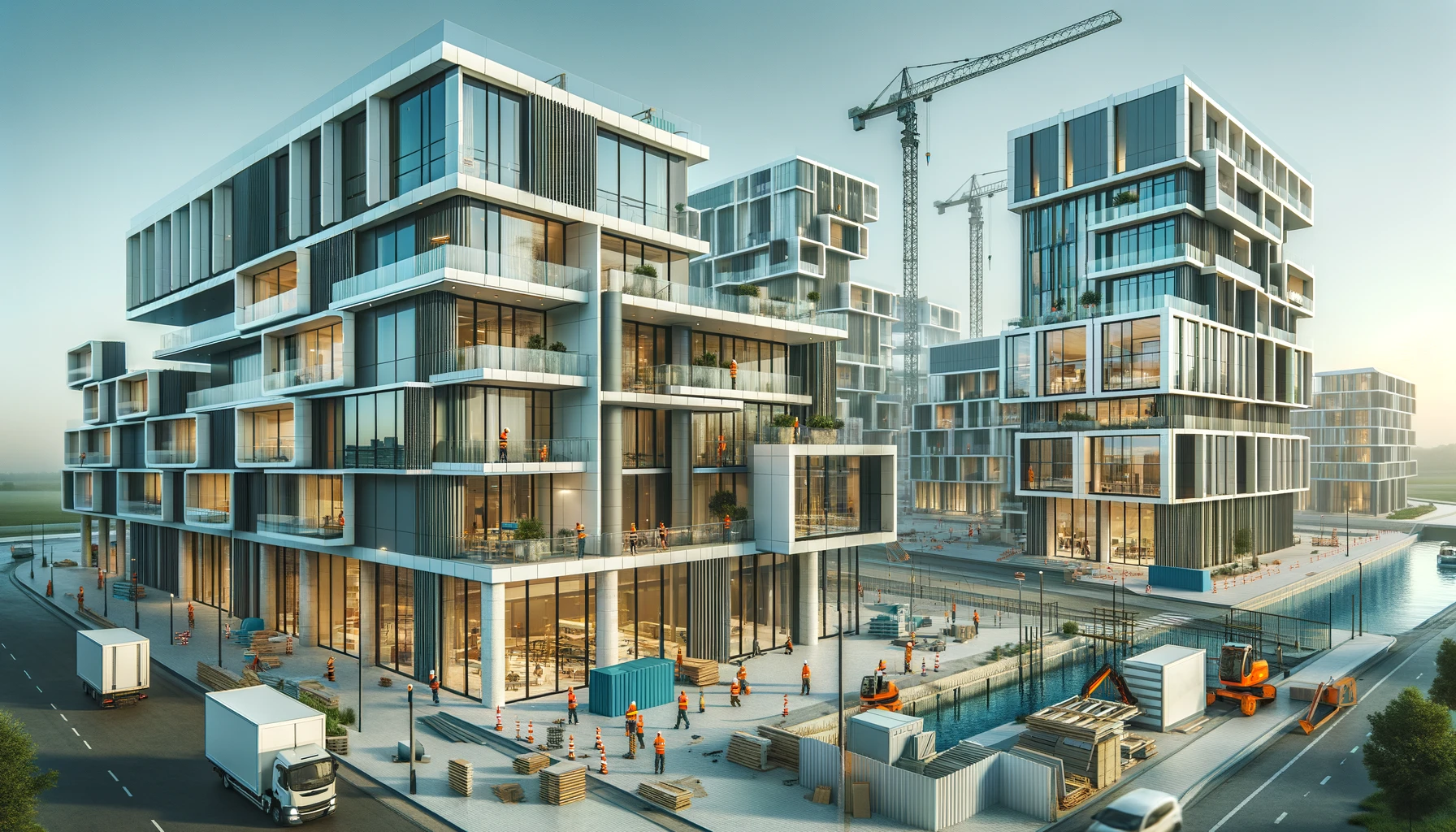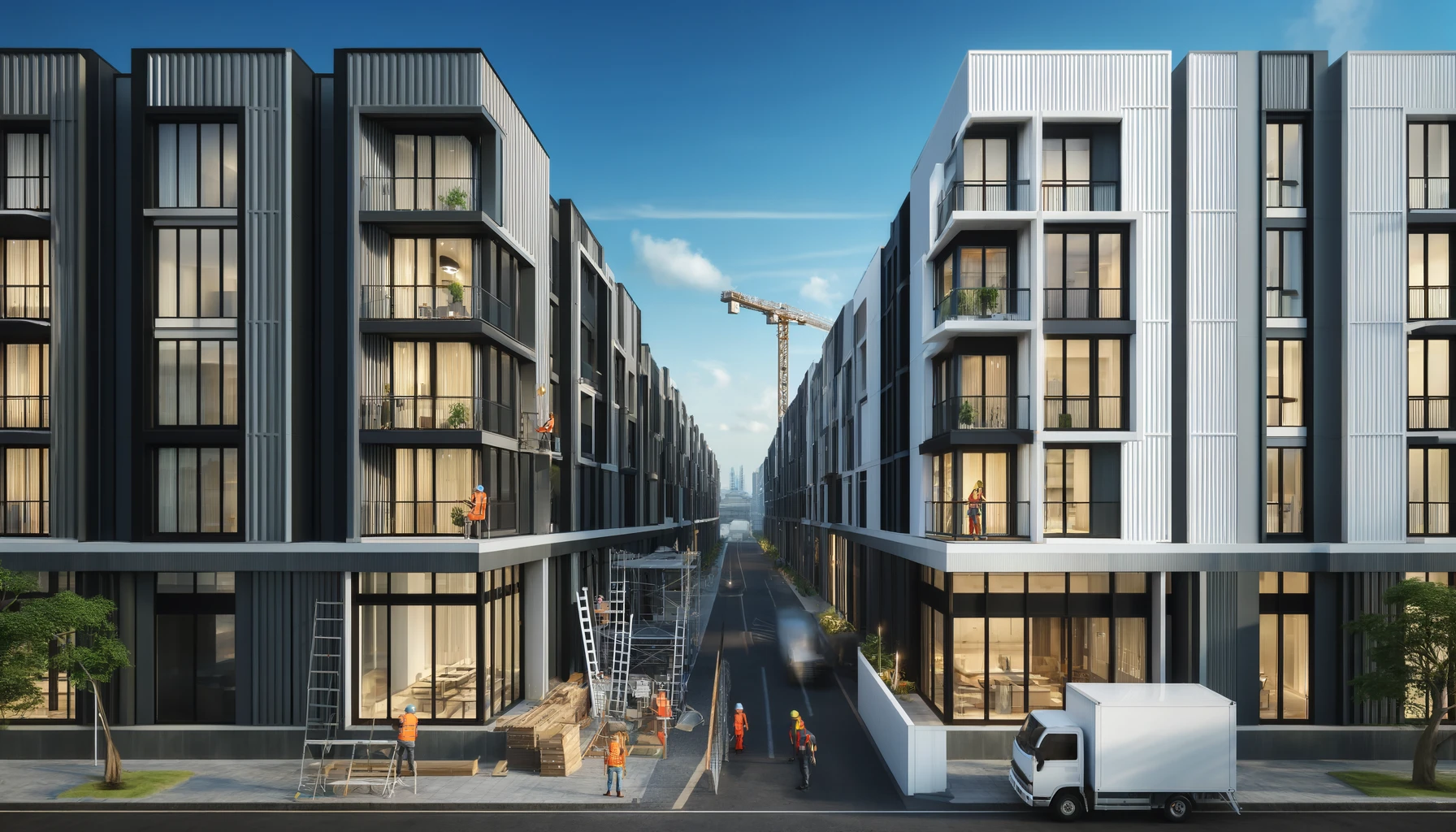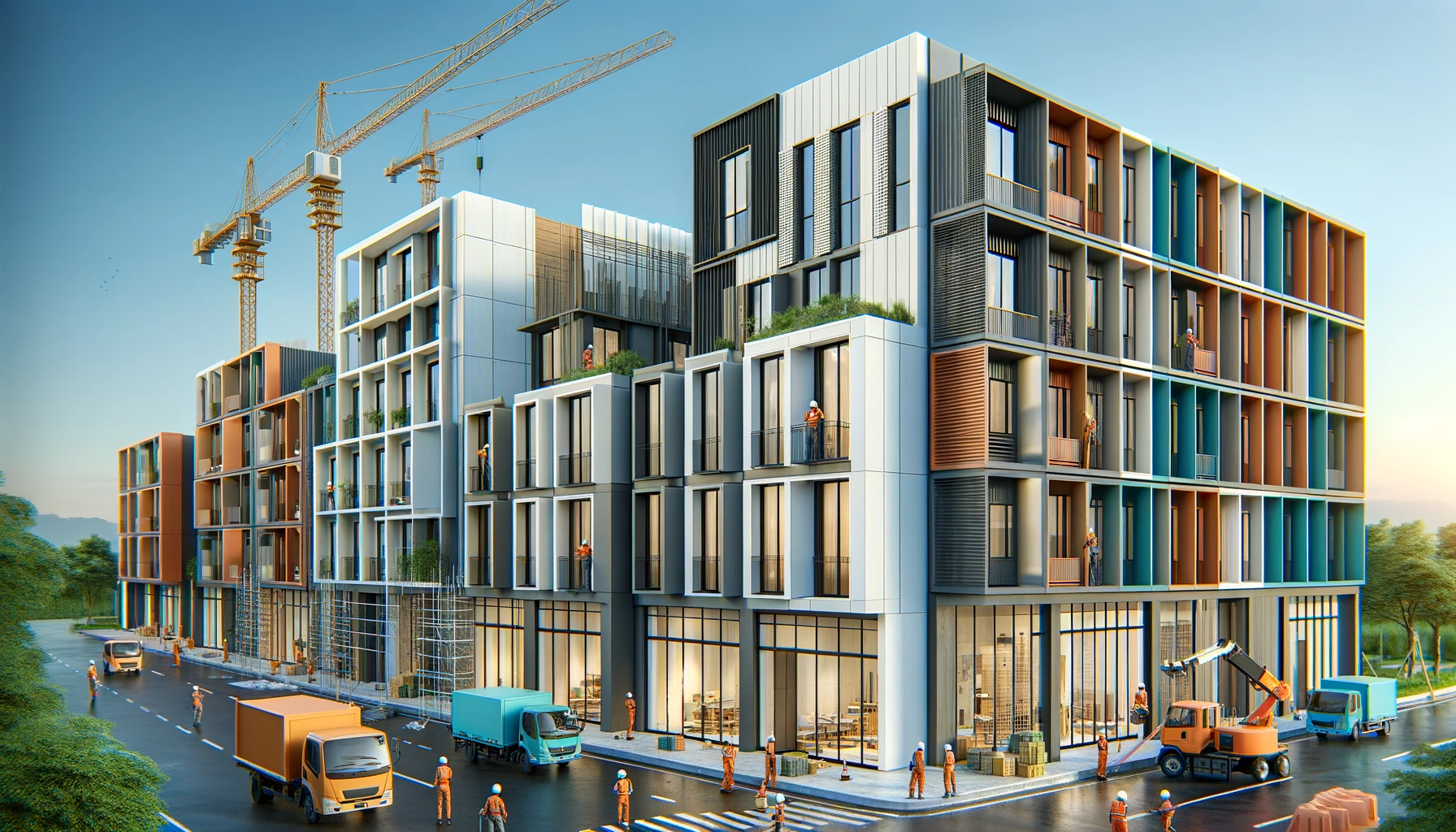Cladding plays a critical role in modern construction, providing both aesthetic appeal and functional benefits such as protection from the elements and improved insulation. Traditionally, materials like wood, metal, and brick have dominated the cladding market. However, there is a significant shift towards more sustainable and eco-friendly materials driven by growing environmental concerns and advancements in technology. Among these innovative materials, PVC (Polyvinyl Chloride) stands out as a versatile and highly efficient option for both commercial and residential cladding applications.
In this blog post, we will explore the reasons behind the increasing popularity of PVC cladding in the construction industry. We will delve into the unique properties of PVC, its advantages over traditional materials, and its role in promoting sustainable construction practices. By the end, you will have a comprehensive understanding of why PVC is considered the future of cladding.
Understanding Cladding
Cladding refers to the application of one material over another to provide a skin or layer, offering both aesthetic and functional benefits. It is essential in construction for protecting the underlying structure from weather elements, enhancing thermal insulation, and contributing to the building’s overall appearance. Traditionally, materials such as wood, metal, and brick have been preferred for cladding due to their durability and aesthetic appeal.
However, with increasing awareness of environmental sustainability, there has been a noticeable shift towards eco-friendly cladding materials. This change is driven by the need to reduce the carbon footprint of buildings and improve energy efficiency. Sustainable cladding materials not only meet these criteria but also offer long-term benefits in terms of maintenance and durability.
What is PVC Cladding?

PVC (Polyvinyl Chloride) is a type of plastic known for its versatility, durability, and cost-effectiveness. PVC cladding involves using panels made from this material to cover the exterior or interior of buildings. The manufacturing process of PVC involves polymerizing vinyl chloride, which results in a strong, lightweight, and weather-resistant material suitable for various construction applications.
PVC cladding panels come in a wide range of designs, colors, and textures, making them a popular choice for architects and builders looking to achieve specific aesthetic goals. Additionally, the production of PVC has become increasingly sustainable, with many manufacturers incorporating recycled materials and employing energy-efficient processes.
Advantages of PVC Cladding
Durability and Longevity
PVC cladding is renowned for its durability and long lifespan. Unlike wood, which can rot or warp, or metal, which may corrode, PVC stands up well against harsh weather conditions, UV exposure, and physical impact. This makes it an excellent choice for buildings in various climates and environments.
Environmental Benefits
PVC is increasingly produced with a focus on sustainability. The material is recyclable, and many manufacturers use recycled PVC in their products. Additionally, the production process of PVC has a lower carbon footprint compared to traditional materials, aligning with green building standards and certifications.
Cost-Effectiveness
One of the significant advantages of PVC cladding is its cost-effectiveness. PVC panels are generally less expensive than wood or metal alternatives. Furthermore, the low maintenance requirements of PVC—no need for regular painting or treatment—translate into long-term savings for building owners.
Aesthetic Versatility
PVC cladding offers a vast array of design options. It can be manufactured to mimic the look of wood, stone, or even brick, providing the desired aesthetic without the associated maintenance issues. The availability of various colors and textures allows for creative freedom in building design.
Ease of Installation
Installing PVC cladding is straightforward and less labor-intensive compared to other materials. The panels are lightweight and can be cut to size easily, reducing installation time and costs. This ease of installation also means fewer disruptions during the construction process.
The Role of PVC in Sustainable Construction
PVC cladding plays a significant role in sustainable construction by meeting and exceeding various environmental standards. It contributes to the energy efficiency of buildings by providing excellent insulation properties, reducing the need for additional heating or cooling. This energy efficiency translates into lower energy consumption and reduced greenhouse gas emissions.
Buildings using PVC cladding can often achieve certifications from green building programs such as LEED (Leadership in Energy and Environmental Design). The recyclability of PVC also means that at the end of its life cycle, the material can be repurposed, further minimizing environmental impact.
Challenges and Considerations
Despite its many advantages, PVC cladding does face some challenges. Concerns about the environmental impact of plastic production and disposal are often raised. However, the industry is addressing these issues through increased use of recycled materials and more efficient manufacturing processes.
Fire safety is another consideration, as PVC can release harmful gases when burned. Modern PVC cladding products are designed to meet strict fire safety standards, reducing this risk significantly. Builders and architects must also ensure that PVC cladding complies with local building codes and regulations.
Conclusion
In summary, PVC cladding offers a multitude of benefits that make it an increasingly popular choice in the construction industry. Its durability, environmental advantages, cost-effectiveness, and aesthetic versatility position it as a leading material for both commercial and residential projects. As the demand for sustainable construction continues to rise, PVC cladding is set to play a pivotal role in shaping the future of building design.
If you are considering cladding options for your next construction project, PVC offers an excellent combination of performance, sustainability, and style. Contact Coastal Custom Products today to learn more about our range of PVC cladding solutions and how they can enhance your building’s performance and appearance.




